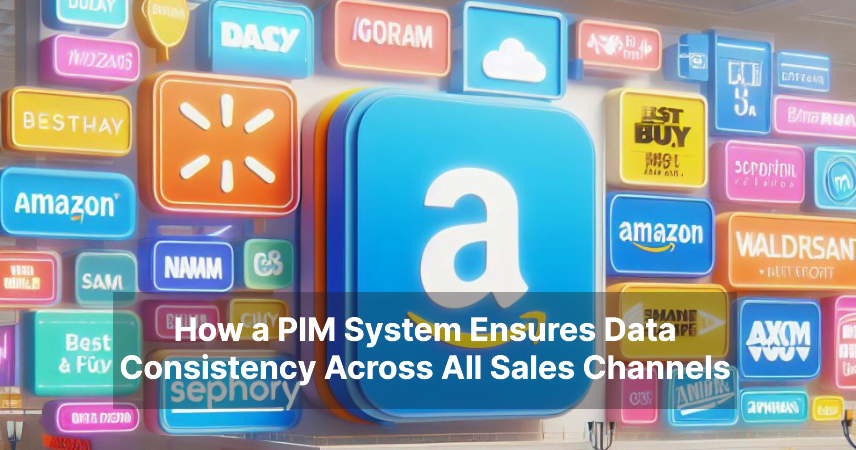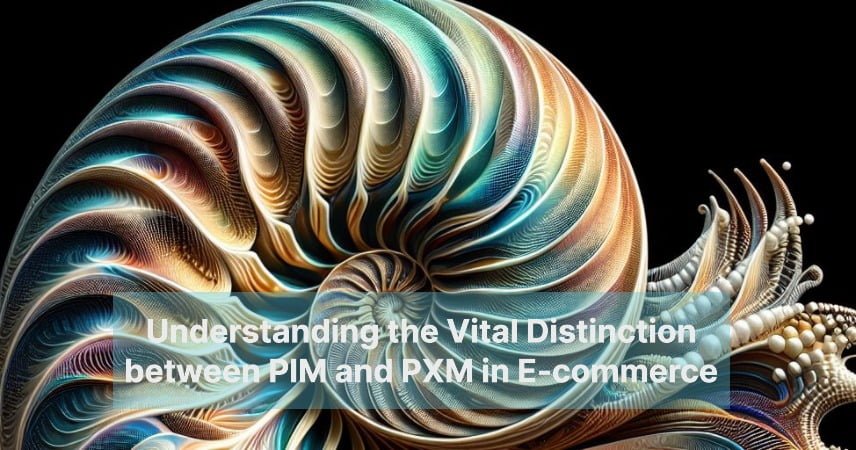How Product Information Management Supports Multichannel and Omnichannel Commerce

In today’s digital age, businesses are continuously striving to enhance their online presence and provide seamless shopping experiences across various channels. To achieve this, they rely heavily on efficient management of product information. This is where Product Information Management (PIM) systems play a pivotal role. Let’s delve deeper into how PIM supports multichannel and omnichannel commerce.
Understanding Multichannel and Omnichannel Commerce
Multichannel commerce involves selling products through different channels such as websites, mobile apps, marketplaces, social media platforms, and brick-and-mortar stores. On the other hand, omnichannel commerce takes it a step further by providing a seamless and integrated shopping experience across all these channels, allowing customers to switch between them effortlessly.
The Importance of Consistent Product Information
Consistency in product information is crucial for building trust and credibility among customers. Whether a customer is browsing a website, checking social media, or visiting a physical store, they expect accurate and consistent product details. Any discrepancies can lead to confusion and frustration, ultimately impacting the purchasing decision.
How PIM Supports Multichannel Commerce
Centralized Product Information
One of the key advantages of PIM is its ability to centralize product information. Instead of managing data across disparate systems, businesses can store all product-related data in a single repository. This centralized approach ensures that all channels have access to the same accurate and up-to-date information.
Data Consistency Across Channels
With PIM, businesses can maintain consistency across all sales channels. Any updates or modifications made to product information are reflected instantly across all channels, eliminating the risk of outdated or conflicting data.
Efficient Product Updates and Management
PIM streamlines the process of updating and managing product information. Businesses can quickly add new products, modify existing ones, or retire outdated items without having to manually update each channel separately. This not only saves time and effort but also reduces the likelihood of errors.
How PIM Facilitates Omnichannel Commerce
Seamless Customer Experiences
PIM enables businesses to deliver seamless and consistent experiences across all touchpoints. Customers can transition from one channel to another without experiencing any disruptions, enhancing their overall shopping experience.
Personalization and Customization
By leveraging PIM data, businesses can personalize product recommendations and tailor marketing messages based on customer preferences and behavior. This level of customization helps create a more engaging and relevant shopping experience for each customer.
Integration with Various Channels
PIM systems are designed to integrate seamlessly with various sales channels, including e-commerce platforms, social media channels, marketplaces, and more. This integration allows businesses to reach customers wherever they are and deliver a unified brand experience across all channels.
Case Studies Showcasing PIM Implementation
Several businesses have successfully implemented PIM systems to support their multichannel and omnichannel commerce strategies. Case studies highlighting these implementations can provide valuable insights into the benefits and challenges associated with PIM adoption.
Challenges of Implementing PIM for Multichannel and Omnichannel Commerce
While PIM offers numerous benefits, implementing and managing such systems come with their own set of challenges. These may include data integration issues, scalability concerns, resource constraints, and resistance to change.
Best Practices for Successful PIM Implementation
To ensure a successful PIM implementation, businesses should follow best practices such as conducting thorough research, defining clear objectives, engaging key stakeholders, choosing the right PIM solution, establishing data governance policies, providing adequate training, and continuously monitoring and optimizing performance.
Conclusion
In conclusion, Product Information Management (PIM) plays a crucial role in supporting both multichannel and omnichannel commerce strategies. By centralizing product information, ensuring data consistency, and facilitating seamless integration with various channels, PIM empowers businesses to deliver superior shopping experiences and drive sales growth in today’s competitive market landscape.





